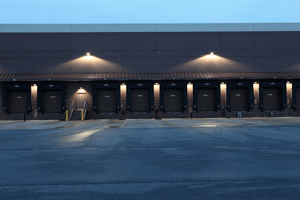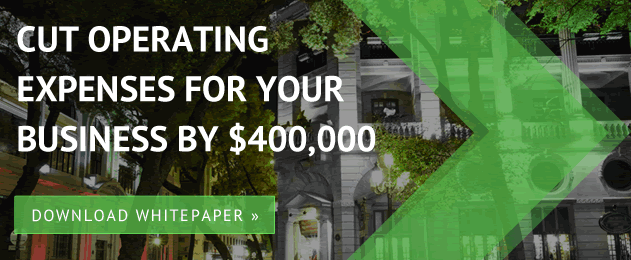 Many incentives have been created in the last decade to encourage homeowners and business owners to make the switch to more energy efficient lighting. However, many people have a challenging experience finding and fully taking advantage of available rebates that come with making the switch to energy-efficient lighting. Use the tips below to learn if you can qualify for LED lighting incentives, and how to take advantage of them.
Many incentives have been created in the last decade to encourage homeowners and business owners to make the switch to more energy efficient lighting. However, many people have a challenging experience finding and fully taking advantage of available rebates that come with making the switch to energy-efficient lighting. Use the tips below to learn if you can qualify for LED lighting incentives, and how to take advantage of them.
Energy-Efficiency Programs
According to the National Conference of State Legislators, in 2007, Congress passed the bipartisan Energy Independence and Security Act (EISA), which called for a higher efficiency standard for light bulbs. New lighting technologies paved the way to help decrease consumer bills and increase energy security and duration. Many states have considered implementing broader energy efficiency programs or policies through Energy Efficiency Resource Standard, system benefits funds, tax credits, pilot programs or private investment in energy efficiency.
The programs listed above that were created by state governments were established to help spread awareness and inform consumers of the potential energy savings available through upgrading your lighting. The savings can be impactful to a budget of any scale. Consult your tax expert regarding tax credits—see examples here.
Today, incentive programs are run by federal, state and local governments, and through public-private partnerships. Below are some great tips to finding out about incentives available for your home and/or your business.
Online Resources for LED Lighting Incentives
To start your search for LED lighting incentives, look on Energy Star’s rebate finder website. Energy Star is the federal government's energy efficiency program and the website has a rebate finder for a variety of different products and geographic areas. Follow the simple 3-step directions on their site to search for rebates in your area.
Another site to check out for energy rebate and incentive opportunities is DSIRE. DSIRE is one of the best tools available when it comes to finding information on policies that support renewables and energy efficiency in the United States. Established in 1995, DSIRE is funded by the U.S. Department of Energy, but is operated by the N.C. Clean Energy Technology Center that is located within N.C. State University. To use their site, simply click on your state to see what rebates and other financial incentives are available. The site even provides information on loan programs that can help you update your lighting system.
Energy Efficiency Regional Associations
Search your regional energy associations for information on available incentives in your area. Organizations such as the Southwest Energy Efficiency Project or the Midwest Energy Efficiency Alliance will have the necessary details on available LED lighting incentives.
Local Energy Savings Expert
Work with an energy savings expert and/or local trade ally to take advantage of any local energy-saving incentives. There are many people and companies that focus their business activities around energy savings (ESCOs—Energy Savings Companies). There are also contractors that have training with local energy-efficiency programs and qualify to promote themselves as “Trade Allies”. Contact your local energy company to find a recommendation.
A plethora of opportunities exist to encourage energy efficiency in business and homelife. If you have any questions about LED lighting installation for your home or business, contact Electro-Matic.


